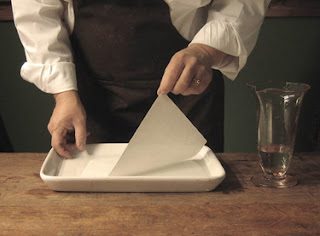2. An albumen print was the first method of producing a print of a photograph from a negative. Egg whites were coated on the photo paper. During the mid 19th century the photo printing process died out.
3. A stereograph is an instrument that could take two photos and overlap each other to create an illusion of depth or the sense of a 3D image. It was very popular in the 1950's.
4. A carte de visite was a type of small photograph which is usually made on albumen paper and then mounted on a thick piece of paper. It was popular because it was an inexpensive way for people to have photographs of people of things.
5. Matthew Brady is one of the worlds most successful photographers. He was very popular in the 19th century for his photographs of the Civil War. Matthew Brady employed Alexander Gardner who is also known for his photography of the Civil War, Abraham Lincoln, and the execution of Lincolns assassins. They were popular for their photographs of the Civil War because nothing like that had been photographed before. They both were photographers in the 1860s during the War.
Matthew Brady
Alexander Gardner:








